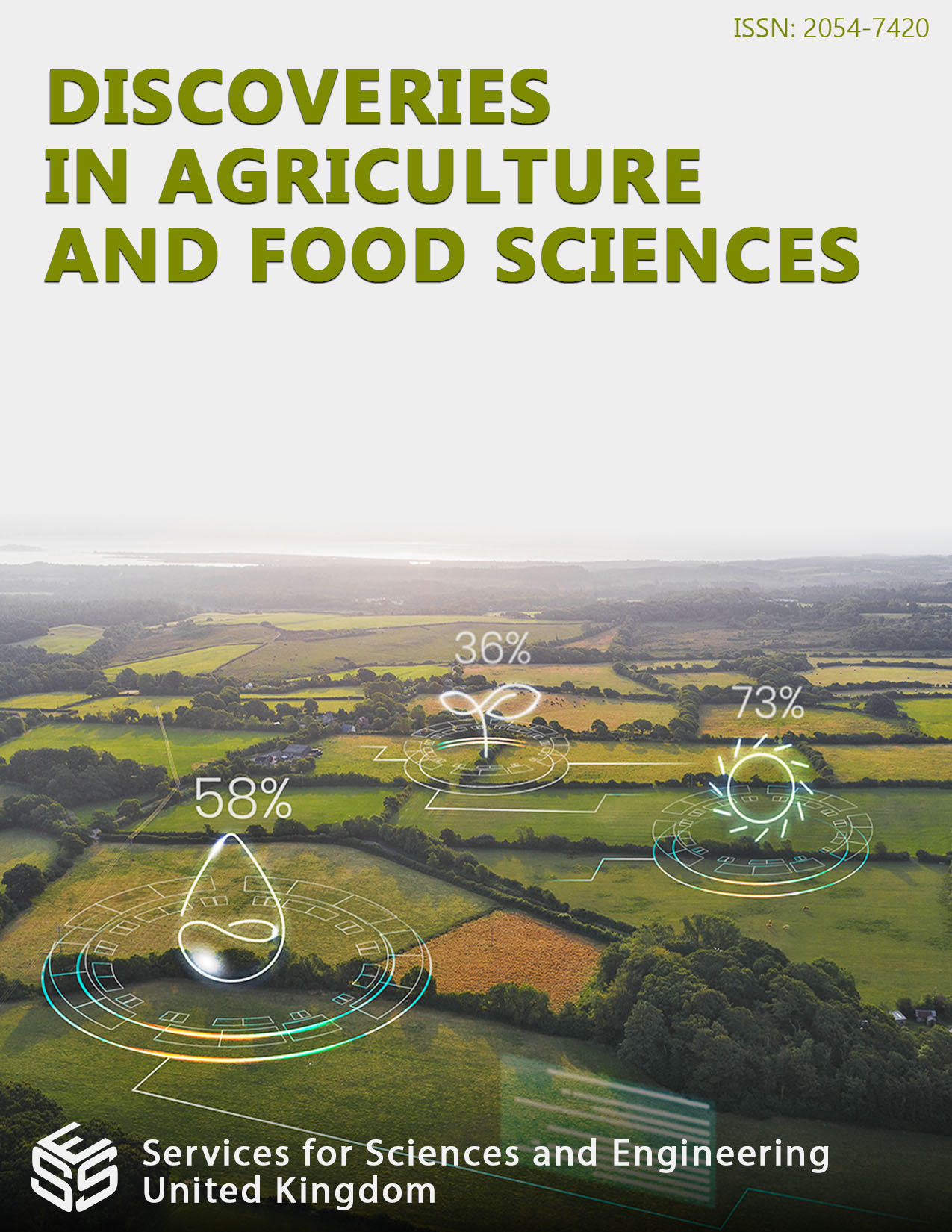Molecular Fingerprinting Confirms Pollen-Proofing of Nonwoven Pollination Control Fabrics in Sugar Beet
DOI:
https://doi.org/10.14738/tnc.121.16374Keywords:
Molecular markers, male sterility, sugar beet, nonwoven fabric, pollination control tentAbstract
We tested the pollen-proofing ability of three new pollination control tents (PCTs) made from nonwoven fabrics (DWB10, DWB23, DWB24) developed to have an open architecture to improve light and air permeability while still maintaining an effective barrier to pollen compared to standard duraweb® (DWB01) fabric. During 2020 and 2021 two methods of evaluation were used at Lion Seeds Ltd, Essex, UK on single potted plants of a cytoplasmic-genetic male sterile family (CMS): (a) fingerprinting of parent and progeny genotypes of seed set from CMS plants under PCTs, using 209 molecular markers, (b) analysis of seed-related traits. Adjacent open-pollinated plants showed high seed set indicating abundance of ambient pollen, while those under PCTs saw 86% less seed weight and 96% less implied seed numbers (ISG) showing that ‘non-seeds’ were collected as seeds. Molecular markers analysis of two years of PCT progeny showed: 1. non-significant difference between PCTs for percent homozygosity; 2. Parent vs. progeny percent homozygosity was significant in 2020 (85% of parent vs. 77% of progeny) but not in 2021 (73% in parent and progeny); 3. The CMS family was not pure-breeding and the mean homozygosity of 75% over two years was a good fit for theoretical expectations of one generation of inbreeding. Analysis (b) of various seed-related traits showed non-significant differences between PCTs except for 1000-seed weight and germination percent. The implied seed number weighted by germination percent was virtually zero for all PCTs. Both (a) and (b) confirmed that novel PCT fabrics despite greater air permeability, were as pollen-proof as the control DWB01 providing new options in sugar beet breeding to maintain plant health. Highlights: Analysis of molecular markers and seed related traits confirmed pollen proofing of new nonwoven fabrics with more open architecture and greater strength for pollination control in sugar beet.
Downloads
Published
How to Cite
Issue
Section
License
Copyright (c) 2024 Piergiorgio Stevanato, Samathmika Ravi, Paul Townson, Daljit Singh Virk, Hannah Senior

This work is licensed under a Creative Commons Attribution 4.0 International License.






